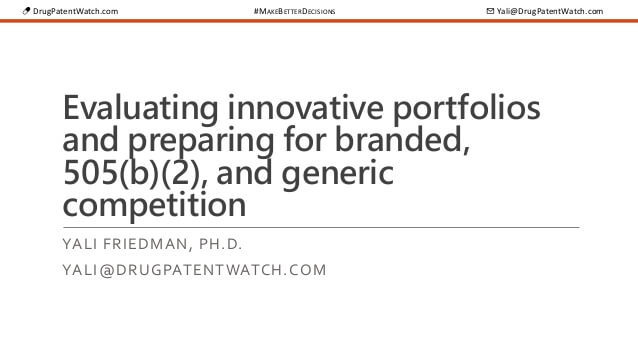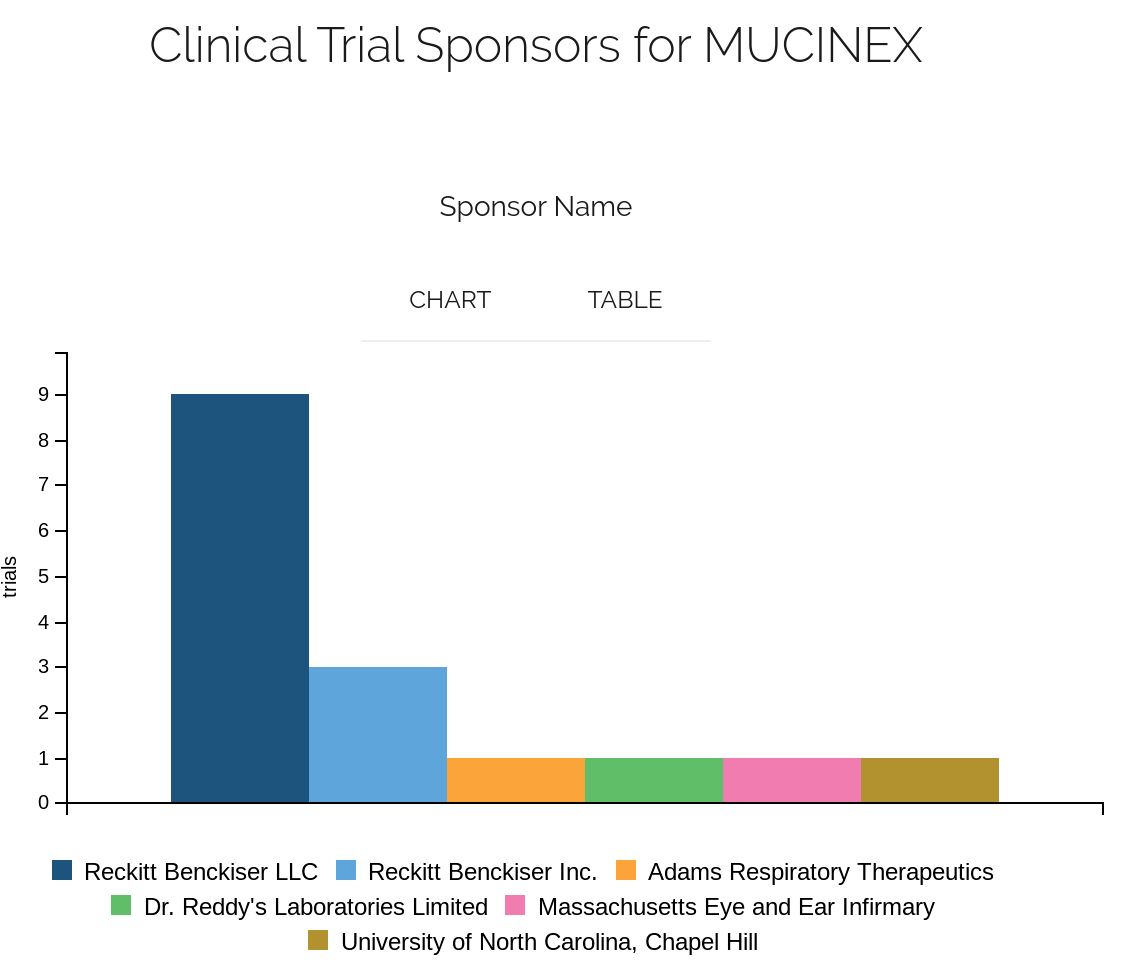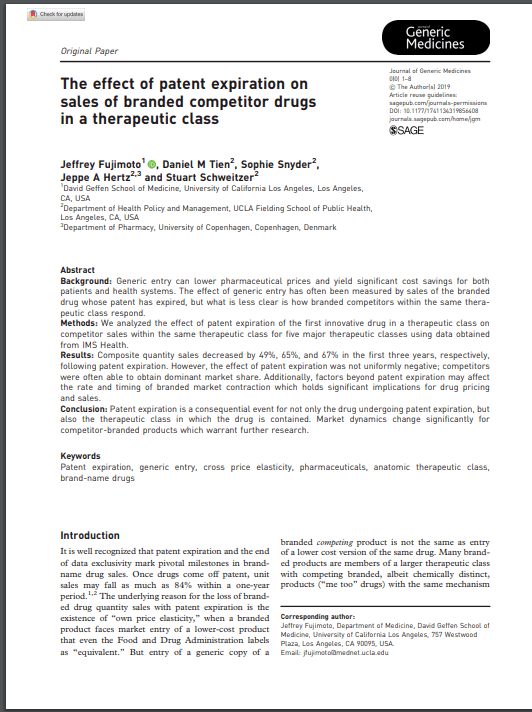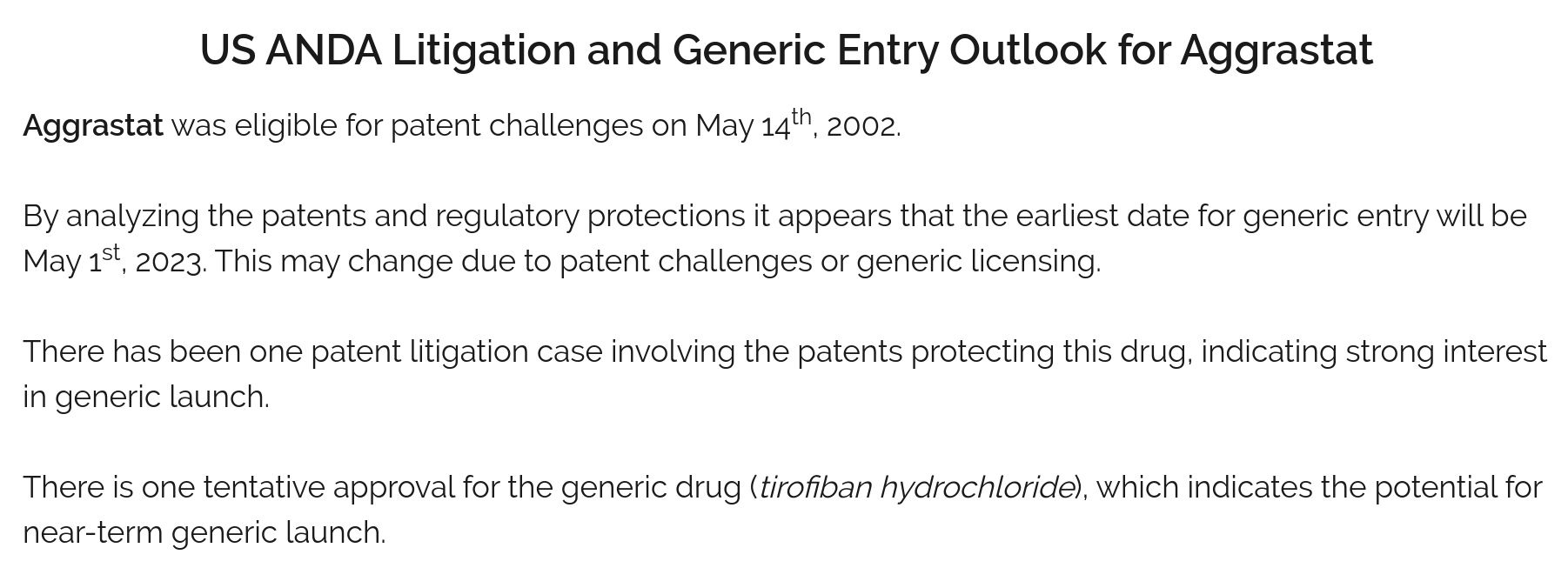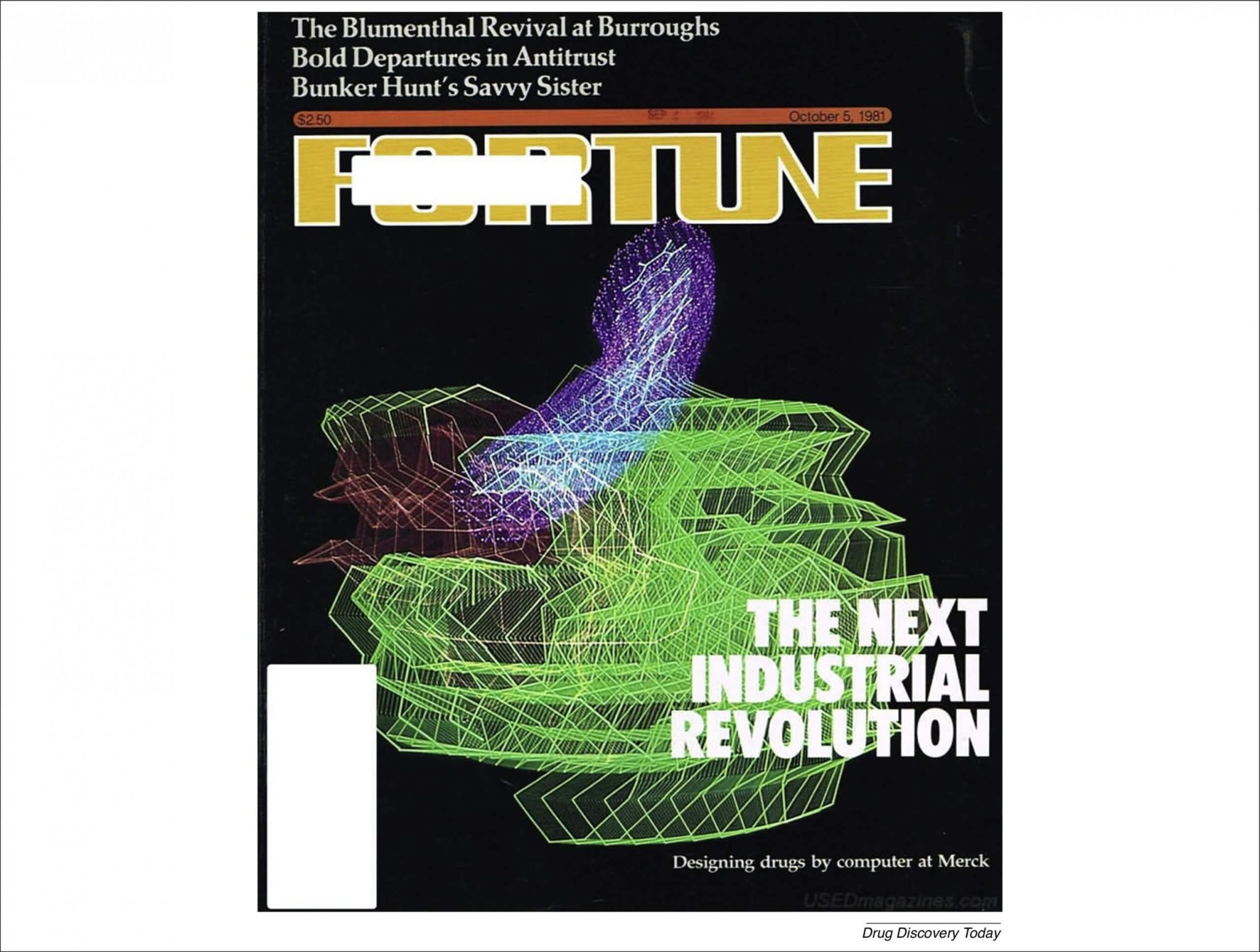The biopharmaceutical industry is experiencing a significant shift with the emergence of biosimilars, which are highly similar versions of biologic drugs. The biosimilars market is expected to continue its double-digit growth, with estimates suggesting that global sales will reach over $30 billion by 2025 and over $60 billion by the end of the decade. This growth is driven by several factors, including the loss of exclusivity for blockbuster molecules, increasing adoption across channels and specialties, and evolving regulatory environments.
The Role of Biosimilars in Reducing Healthcare Costs
Biosimilars have the potential to significantly reduce healthcare costs by offering more affordable alternatives to originator biologics. The typical discounting of biosimilars, ranging from 20% to 50% of the originator product price, is expected to stimulate demand and foster competition. This cost savings can be used to improve overall patient care and increase access to advanced treatments.
Challenges in Biosimilar Adoption
Despite the benefits of biosimilars, there are several challenges hindering their adoption. One major obstacle is the perception among clinicians that biosimilars are not as effective as the original products. This misconception stems from a lack of understanding about the comparability studies that demonstrate the similarity of biosimilars to their reference products. Additionally, there are concerns about immunogenicity, patient reluctance, and dosing in pediatric patients.
Regulatory Framework and Oversight
The regulatory framework for biosimilars is critical in ensuring their safety and efficacy. The World Health Organization (WHO) plays a key role in improving regulatory convergence globally by developing standards and helping incorporate these standards into national regulatory requirements. The FDA has issued guidance on naming recommendations, labeling, and interchangeability, and has approved several biosimilars for use in oncology.
Accelerating Development and Reducing Costs
To accelerate the development of biosimilars and reduce costs, companies can adopt lean models of development, leveraging technologies such as data platforms and analytics to reduce the size of clinical trials. The European Medicines Agency has suggested waiving immunogenicity trials for insulin biosimilars under certain conditions, and the FDA has issued draft guidance on developing biosimilars and interchangeable insulin products.
Conclusion
The biosimilars market is poised for significant growth, driven by the need for more affordable treatments and the loss of exclusivity for blockbuster molecules. To fully realize the benefits of biosimilars, it is essential to address the challenges in adoption, including clinician perception and regulatory barriers. By innovating commercial models, reducing time to market, and managing portfolios and development costs, companies can bring more biosimilars to market and faster, ultimately improving patient access to advanced treatments at more affordable prices.
References
- McKinsey. (2021). An inflection point for biosimilars. Retrieved from https://www.mckinsey.com/industries/life-sciences/our-insights/an-inflection-point-for-biosimilars
- Islah, A., Sharma, K., & Ben, S. (2012). Biosimilars: Impact of Biologic Product Life Cycle and European Experience on the Regulatory Trajectory in the United States. Retrieved from https://www.sciencedirect.com/science/article/abs/pii/S014929181100840X
- World Health Organization. (2018). Regulatory evaluation of biosimilars throughout their product life-cycle. Retrieved from https://www.ncbi.nlm.nih.gov/pmc/articles/PMC5872015/
- Pittman, D., Wern, D., & Glode, M. (2019). Review of Biosimilars and Their Potential Use in Oncology Treatment and Supportive Care in the United States. Retrieved from https://jhoponline.com/issue-archive/2019-issues/jhop-september-2019-vol-9-no-3/17837
- Islah, A., Sharma, K., & Ben, S. (2012). Biosimilars: Impact of Biologic Product Life Cycle and European Experience on the Regulatory Trajectory in the United States. Retrieved from https://pubmed.ncbi.nlm.nih.gov/22244050/


